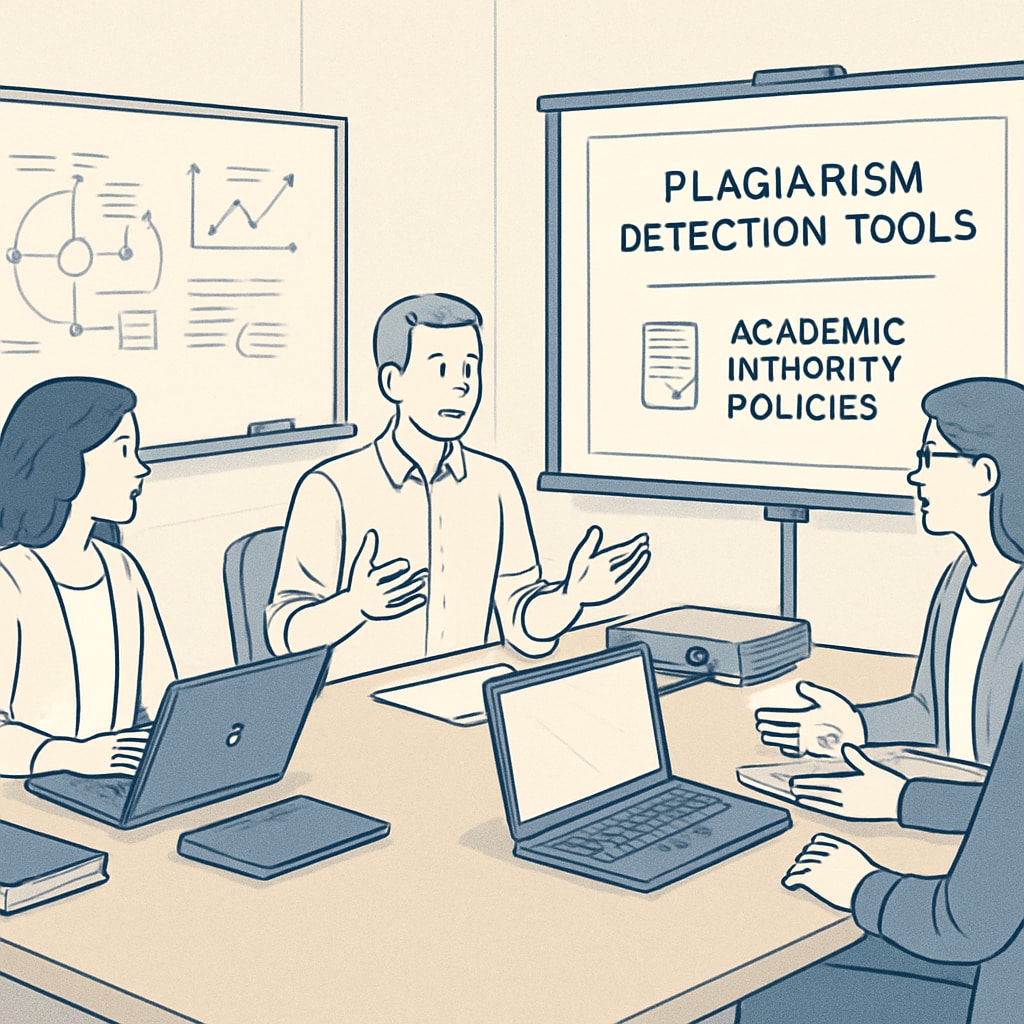False plagiarism accusations by professors can have lasting consequences on students’ academic and personal lives. While educators play a critical role in upholding academic integrity, errors in judgment can damage trust between students and teachers and disrupt the learning environment. This article explores the implications of inaccurate plagiarism claims, the potential causes behind them, and how educational institutions can establish fair and transparent mechanisms to safeguard against such incidents.
Understanding the Impact of False Plagiarism Accusations
Plagiarism accusations, particularly when unfounded, can deeply affect students. These claims often carry severe academic penalties, such as failing grades, suspension, or even expulsion, which can tarnish a student’s academic record and future prospects. Moreover, the psychological toll should not be underestimated. Unjust accusations can lead to feelings of shame, frustration, and a loss of confidence in the educational system.
For example, a recent survey conducted by Britannica highlighted that a significant percentage of students who faced plagiarism accusations reported a decline in their motivation to study, regardless of the final resolution. This underscores the importance of addressing the root causes of false accusations and ensuring that both educators and students are protected under fair academic policies.

Why Do Professors Make False Accusations?
The reasons behind false plagiarism accusations are multifaceted. In some cases, professors may rely heavily on automated plagiarism detection tools, such as Turnitin, without thoroughly verifying the results. While these tools are useful, they can sometimes misidentify common phrases, citations, or publicly available content as plagiarized material.
Other factors may include:
- Implicit bias: Professors may unintentionally judge students based on their past performance or perceived capabilities.
- Time constraints: Instructors under pressure to evaluate numerous assignments may overlook critical details during the review process.
- Lack of training: Some educators may not have received adequate training in identifying plagiarism accurately or addressing it appropriately.
Recognizing these factors is the first step toward implementing solutions that minimize the occurrence of false accusations.
Promoting Transparency and Fairness in Academic Integrity Policies
To ensure that academic integrity policies protect both educators and students, institutions must adopt measures that promote transparency and fairness. Here are some key recommendations:
- Verification of plagiarism claims: Professors should verify plagiarism allegations by cross-checking with original sources and consulting with colleagues or academic integrity committees when in doubt.
- Enhanced training programs: Institutions should provide regular workshops for educators on identifying plagiarism, using detection tools responsibly, and maintaining objectivity.
- Appeal mechanisms for students: Students accused of plagiarism should have access to a clear and fair appeal process to present their case and provide evidence against the claim.
- Encouraging dialogue: Open communication between students and professors can help resolve misunderstandings before they escalate into formal accusations.
By implementing these strategies, educational institutions can foster a culture of mutual respect and trust, where academic integrity is upheld without compromising students’ rights.

The Role of Technology in Mitigating False Accusations
While technology is often cited as a contributing factor to false plagiarism claims, it can also play a pivotal role in preventing them. Advanced detection tools that incorporate artificial intelligence (AI) are becoming increasingly capable of distinguishing between intentional plagiarism and legitimate use of sources. For instance, some tools now offer detailed reports that highlight the context of flagged content, allowing educators to make more informed decisions.
Furthermore, integrating plagiarism education into the curriculum can help students understand how to properly cite sources and avoid unintentional plagiarism. Platforms such as Wikipedia and other reputable educational resources can be valuable tools for learning about academic integrity.
As technology continues to evolve, it is essential for both educators and students to stay informed about its capabilities and limitations. This collaborative effort can significantly reduce the likelihood of misunderstandings and foster a more supportive academic environment.
Conclusion: Striking a Balance Between Integrity and Fairness
False plagiarism accusations represent a significant challenge to the principles of fairness and trust in education. While professors have a duty to uphold academic integrity, they must also exercise caution and objectivity to avoid undermining the very system they seek to protect. By adopting transparent policies, providing training for educators, and leveraging technology responsibly, institutions can create an environment where both students and professors feel supported.
Ultimately, academic integrity is a shared responsibility. By working together, we can ensure that the pursuit of knowledge remains a fair and enriching experience for all.


